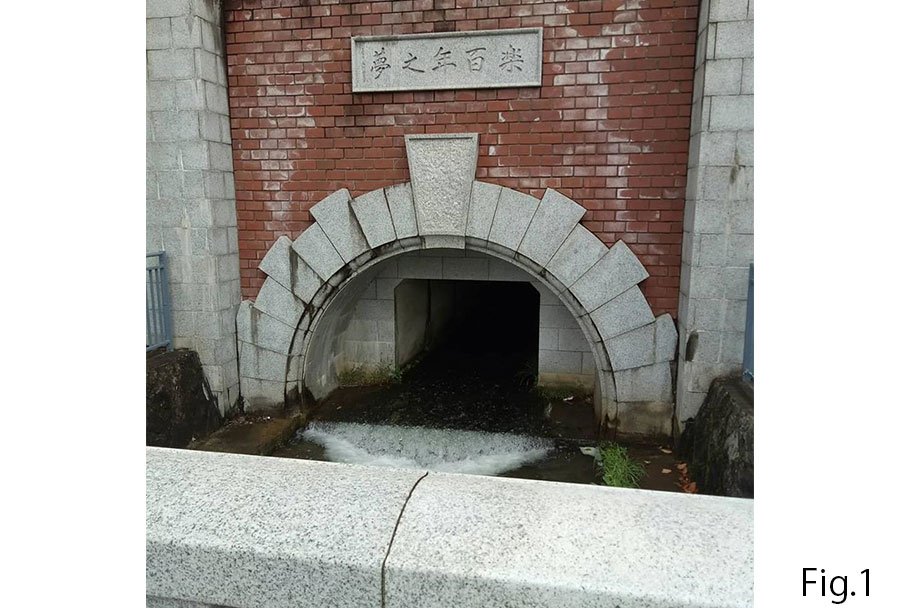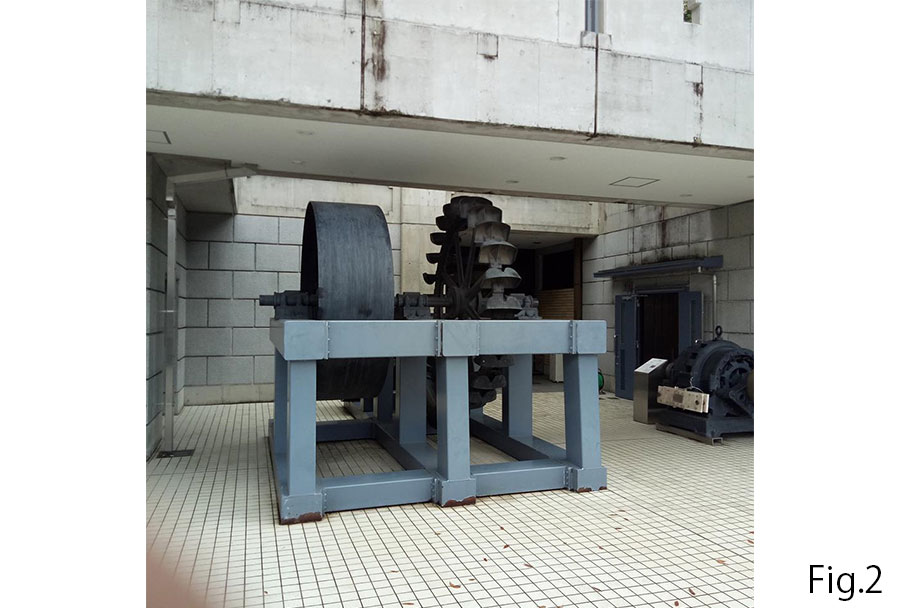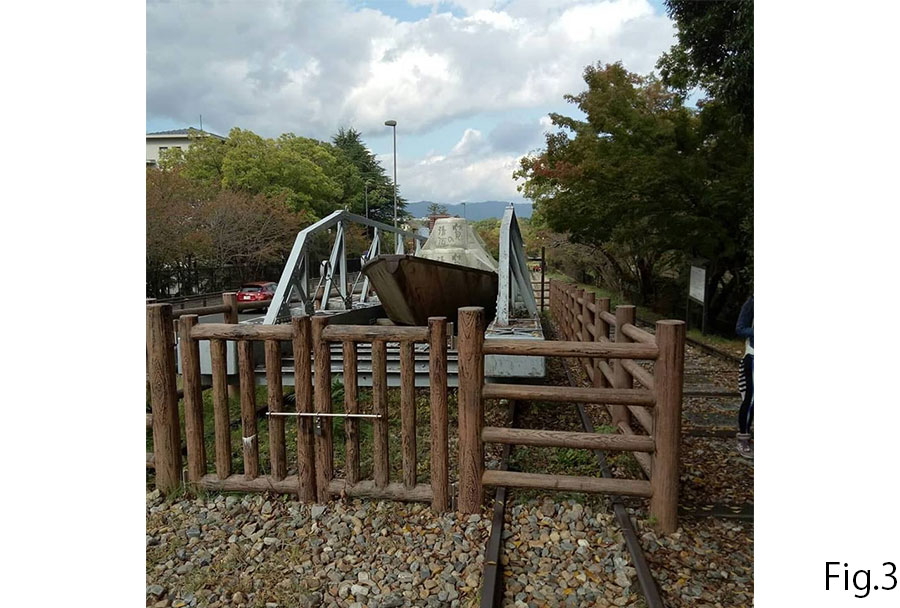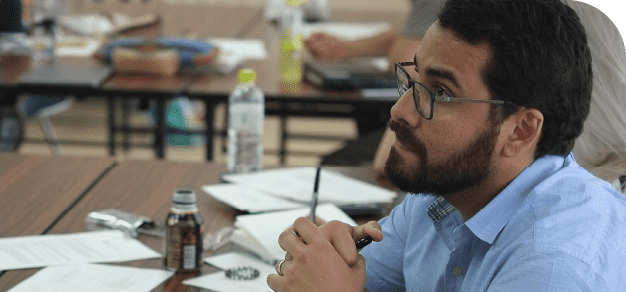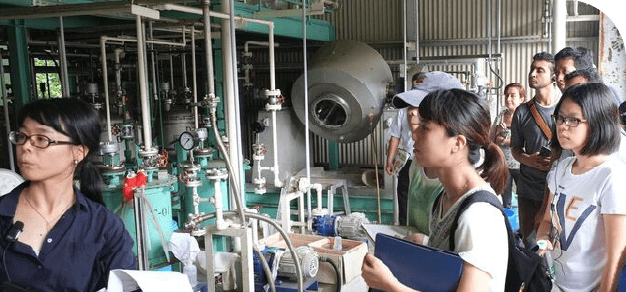GRM Students’ Reports
GRM履修生活動レポート
GRM資源管理論
理工学研究科 Nyambu Nathaniel Mupe
2018/12/07
Period:27 October, 2018
Destination:Japan, Kyoto, Lake Biwa canal Museum and Nanzen-ji Temple
It was a great opportunity for me to understand how a scarce resource specifically water was used to channel and drive the economy whilst improving the quality of human life. Water is a basic commodity and plays a huge role in the sustainable development of a society. The short field trip began with a short film that basically gave the audience an overview of the project milestone and key contributions to the people of Kyoto and its environs. It was a significant breakthrough to Inland Kyoto in April 1890 when Lake Biwa canal whose Confluence met at Keage (See Fig.1) was constructed and hydroelectric power generation using Pelton's wheel and Stanley generator (See Fig2) commenced in May 1891. Later on, we proceeded to visit the wheeled platform and the inclined water pulleys (See Fig3) located on the Keage incline. By then it was a relief to the transport operations which were challenged by different water levels which slowed water systems. Lastly, we visited the elevated aqueduct(See Fig.4) next to Nanzenji-temple.
Key learnings include the importance of economical utilization of scarce resources. It is clearly demonstrated by the shift from standing still water masses in Lake Biwa to a system comprised of Waterways canal, power plants, and water filtration plants among others. Moreso through the transfer of capital to Tokyo, it is evident that strategic decisions to turbulent environments such as socioeconomic and political could avert downfall and ratherspearhead development. Another outcome to the successful project implementation and execution is teamwork and the determination to do it locally without usually external support while creating a room for continuous improvement.
